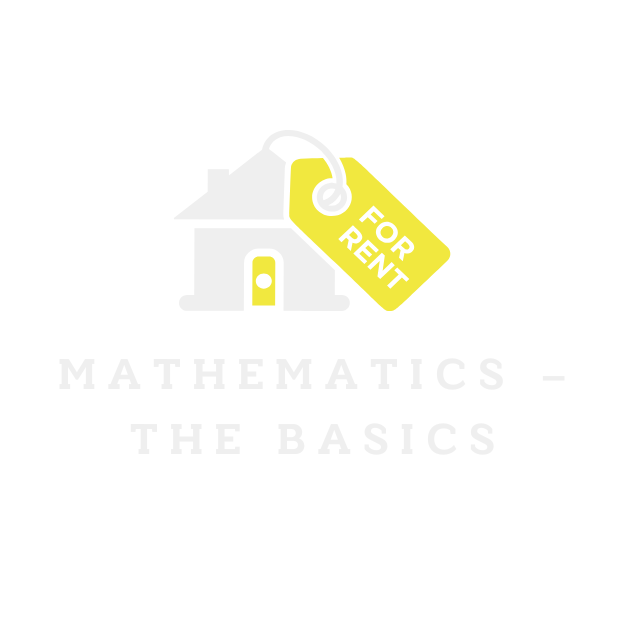Buying a home can feel like trying to solve a Rubik’s Cube blindfolded. With prices soaring and budgets tightening, many potential homeowners find themselves stuck in a loop of frustration. Enter the deferred down payment—a financial superhero swooping in to save the day! This innovative option allows buyers to delay their down payment, making homeownership a little less daunting and a lot more achievable.
Table of Contents
ToggleUnderstanding Deferred Down Payment
Deferred down payment refers to a financing option that allows buyers to delay their down payment until a later date. This approach helps prospective homeowners overcome immediate financial barriers and work toward homeownership.
What Is Deferred Down Payment?
Deferred down payment enables potential buyers to purchase properties without immediately providing the traditional upfront payment. Often used in various real estate transactions, it creates opportunities for those struggling with high prices and constraints on finances. Buyers can enter agreements where the down payment is either postponed or financed as part of the mortgage. This option attracts many first-time homebuyers and those looking to manage their cash flow effectively.
How It Works
In the deferred down payment process, a buyer negotiates with the seller or lender to delay the down payment. Specific terms can vary based on agreements made during the sale. For instance, some arrangements may stipulate that the buyer pays the down payment within a specified timeframe. Others might include adding the down payment amount to the total mortgage balance. This strategy allows buyers to secure a home while planning their finances accordingly.
Benefits of Deferred Down Payment

Deferred down payment options enhance homeownership experiences, making them more accessible and financially manageable. Buyers benefit significantly through this financing method.
Increased Accessibility for Buyers
Accessibility for potential homeowners improves with deferred down payment options. First-time buyers, individuals with limited savings, and those facing high housing prices find this approach appealing. Buyers can enter the market without immediate upfront costs. Alternative arrangements exist, like securing seller concessions or utilizing specific loan programs. Successfully negotiating payment terms allows greater flexibility, enabling consumers to focus on long-term investment rather than immediate financial strain. It’s evident that this strategy opens doors for many who might struggle otherwise.
Financial Flexibility
Financial flexibility emerges as a significant advantage with deferred down payment plans. Homebuyers can maintain liquidity for other expenses, such as moving costs or necessary renovations. Budgeting for additional monthly mortgage payments rather than a lump sum down payment offers a manageable pathway to ownership. Choosing to incorporate the deferred amount into monthly installments avoids overwhelming financial pressure. This flexibility empowers buyers to invest in their homes without sacrificing day-to-day financial commitments. Overall, deferred down payment options promote a healthier balance between homeownership and financial well-being.
Challenges of Deferred Down Payment
Deferred down payment options present challenges that potential homebuyers need to consider carefully. Understanding these challenges can aid buyers in navigating the home purchasing process more effectively.
Potential Risks
Pricing fluctuations in the housing market may pose potential risks. Market downturns could lead to negative equity. Buyers might face higher overall costs if property values decline after purchase. Additionally, the lack of immediate equity in the home places buyers in a vulnerable position. Buyers also need to keep in mind that not all lenders offer deferred down payment options, limiting their financing choices. Failing to negotiate favorable terms with sellers can lead to unfavorable repayment conditions, creating extra financial strain.
Long-term Financial Implications
Long-term financial implications arise from deferred down payments. Increased mortgage balances often result from postponing initial down payments. Buyers might experience higher monthly payments due to the added costs. Compounding interest over time can substantially increase the total amount paid for the property. It’s essential for buyers to assess their long-term financial strategy, as using deferred payments can impact budget planning. Maintaining cash flow for other necessary expenses could become challenging in cases of inflated mortgage payments or hidden fees.
How to Qualify for Deferred Down Payment Programs
Qualifying for deferred down payment programs involves meeting specific criteria and providing relevant documentation. Understanding these aspects helps streamline the home buying process.
Eligibility Criteria
Eligibility often centers around income level, credit score, and employment status. Many programs cater to first-time homebuyers, ensuring they fall within certain income limits. A minimal credit score of 620 is typical, although some options accommodate lower scores under specific conditions. Employment stability matters, so consistent income strengthens the application. Geographic location affects eligibility too, as some programs focus on designated areas or local markets. Buyers should not overlook any potential assistance from state or local agencies designed for first-time buyers.
Required Documentation
Documentation requirements typically include proof of income, tax returns, and credit history. Lenders frequently ask for recent pay stubs or bank statements to assess financial stability. Providing two years of tax returns supports applicants by showing income consistency. A credit report facilitates the evaluation of creditworthiness. Additionally, buyers must complete program-specific applications detailing their financial situation. Some programs may require educational certificates from homebuyer education courses. Staying organized with documentation enhances the chances of smooth approval.
Deferred down payment options present a promising pathway for aspiring homeowners facing financial hurdles. By allowing buyers to delay their down payment, this approach opens doors to homeownership that may have seemed out of reach. It offers the potential for greater financial flexibility and accessibility, particularly for first-time buyers.
However, it’s essential to weigh the benefits against the risks involved. Buyers must navigate market fluctuations and ensure they negotiate favorable terms to avoid future financial strain. Understanding eligibility criteria and preparing necessary documentation can also streamline the process, making it easier to seize this opportunity. With careful planning and consideration, deferred down payment options can significantly enhance the journey toward owning a home.


